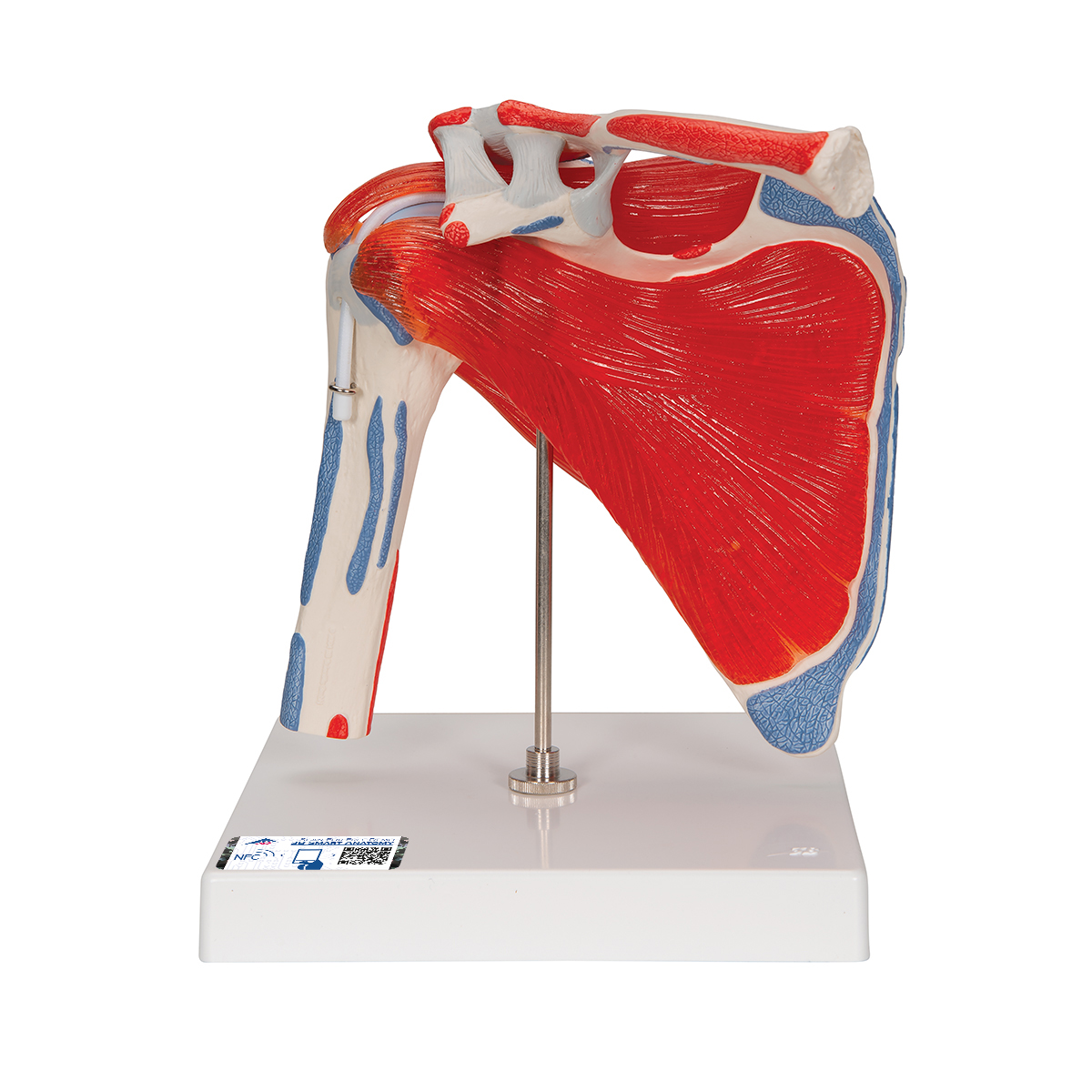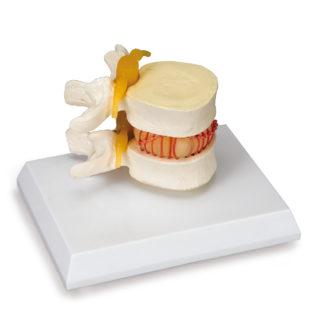Kuvaus
Physical Therapy of the Shoulder
+ Olkapäämalli A880 yhteensä 275€

Kirja: Physical Therapy of the Shoulder
The leading reference on shoulder rehabilitation, Physical Therapy of the Shoulder, 5th Edition provides complete information on the functional anatomy of the shoulder, the mechanics of movement, and the evaluation and treatment of shoulder disorders. It promotes current, evidence-based practice with coverage of the latest rehabilitation and surgical techniques. Case studies show the clinical application of key principles, and follow the practice patterns from the APTA Guide to Physical Therapist Practice, 2nd Edition, relating to shoulder disorders. Edited by Robert Donatelli, a well-known lecturer and consultant for professional athletes, this book includes a companion website with video clips demonstrating shoulder therapy techniques and procedures.
 Malli: Olkapäämalli
Malli: Olkapäämalli
(Shoulder Joint with Rotator Cuff – 5 part A880)
- M. subscapularis
- M. supraspinatus
- M. infraspinatus
- M. teres minor
Upon detaching the individual muscles, all movements of the shoulder joint can be carried out, namely:
- Abduction
- Adduction
- Inner rotation
- Outer rotation
- Raising the arms to the front of the body
- Raising the arms to the back of the body
- Raising the arms above the horizontal plane and “making circles with the arms”




